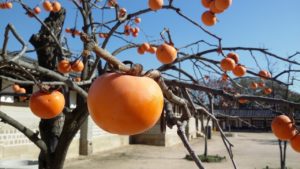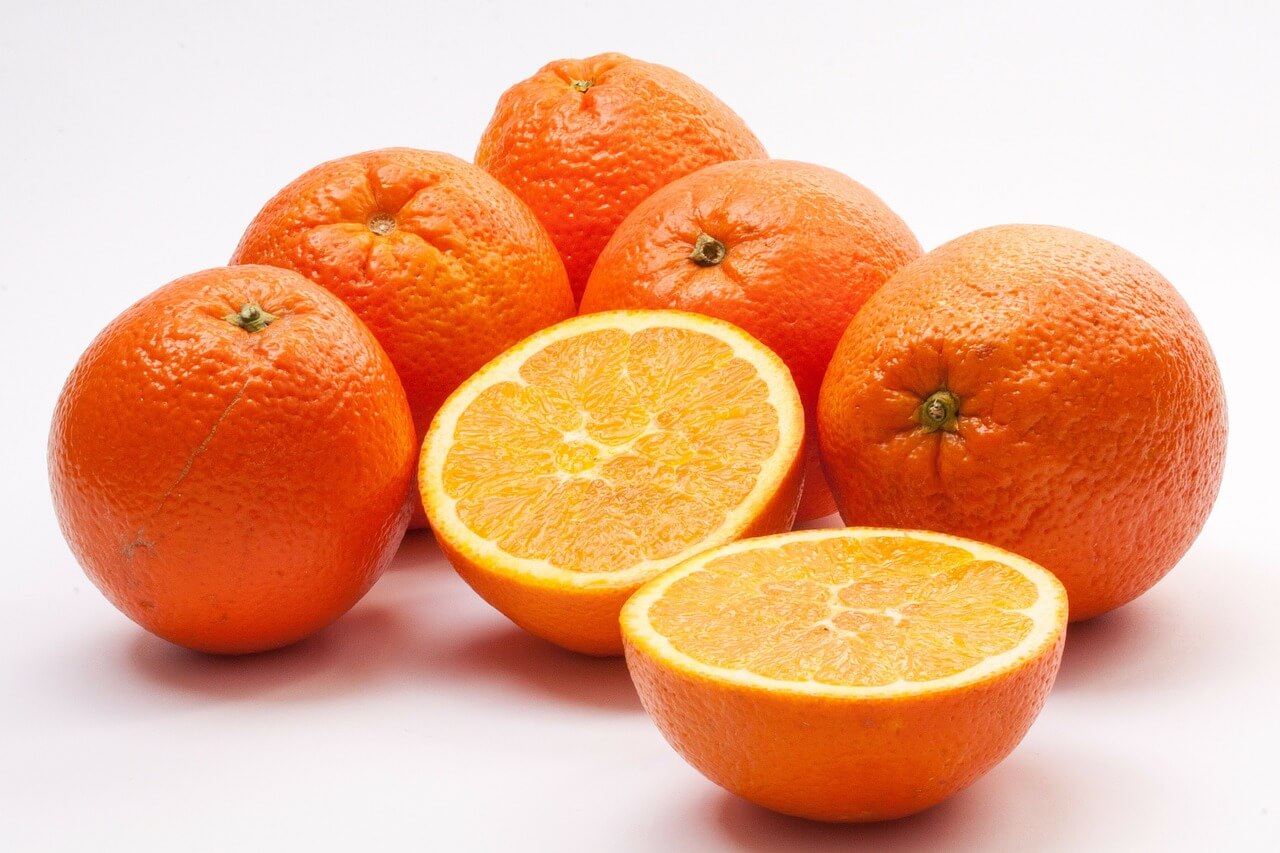El khaki It is a tropical fruit belonging to the family of the ebanaceae. In Spain It is not one of the most popular fruits, however, it stands out for its tasty sweet taste and high nutritional value. It will be worth it to stay a little longer to continue discovering the kindness of this fruit, keep reading!
The origin of persimmon
El persimmon or rosewood is grown from XNUMXth century in asian countries China y Japan. More than a thousand years had to pass before he reached United States in the nineteenth century and Europe at the end of. In 1870 Spain e Italy incorporated the khaki to their crops. This last name comes from Japanese and means "fruit of divine fire". Maybe your orange or reddish color have something to do with it, as well as their nutritional properties.
At present the producing countries consist of China, Japan, Spain, Italy, United States, Brazil e Israel. However, as usually happens, there is not a single typology, but several.

How many types of persimmon are there?
We must distinguish persimmons according to their colour, shape y flavor en astringentes o not astringent. The first are those with a acid taste and must be subjected to process of over maturation once they have been harvested from the tree. This eliminates your astringency and are fit for consumption. The non-astringent they are characterized by their very sweet taste. They have already completed their maturation cycle on the tree and therefore can be consumed directly from the field.
El persimmon astringent most popular is Khaki Bright Red or Persimmon. This variety of mid season it is colored deep red, its skin is soft and sensitive and its pulp is sweet. However, there are others such as khaki eureka (usual in America), Koushu-Hyakume (Japanese persimmon variety), Hashiya and tomato persimmons (similar to tomatoes in shape and color when very ripe). Regarding the non-astringent ones, we find fuyu, the best known variety, Jiro (abundant in the Japanese country known for its yellow color), Sharon y Honan Red.
We can also classify this fruit according to the tree it comes from. Thus, the chinese persimmon (Diospyros khaki) It is the most cultivated typology. We can consume it as fresh or cooked fruit. Depending on the amount of carotenoids, its color varies from red to orange or yellow. Variety Japanese (Diospyros lotus) It is grown mainly in Italy and in the Far East. And finally the American or Virginia (Diospyros virginiana) they are smaller than the oriental varieties and their cultivation is not as frequent.
The nutritional benefits of the “fruit of divine fire”
This fruit is desired, above all, for its Antioxidants autumnal Its high content in betacarotenos makes it an exceptional source of Vitamin A. In this way, the "fruit of divine fire" reinforces our immune system improving our defenses, delay the aging keeping our leather y hair in good condition and taking care of our view and also prevents degenerative diseases such as cancer. It also provides us with the powerful Vitamin C which helps in collagen formation and strengthen our bones and teeth.
See this post on Instagram
We highlight its high content in potassium and all the benefits that this entails: favoring the elimination of liquids, helping to combat fatigue, improving our cardiovascular system, etc. The khaki mature It has a laxative effect that improves the intestinal transit and, therefore, combat constipation. In short, it is a very powerful food nutritionally. Thus, including it in our diet becomes a very interesting option. And it is also very versatile in the kitchen thanks to its sweet taste, since it can be used in cakes, jams, juices, etc.
En Spain, is grown in the the banks of the Jucar and in the bank of the Segura. In fact, the indigenous variety "Rojo Brillante" is the only one that is protected by the Designation of Origin "Kaki Ribera del Xúquer". And you, Haven't you tried this tropical fruit yet? If you haven't done it yet, we assure you that you will fall in love with its flavor. Tell us in the comments.







